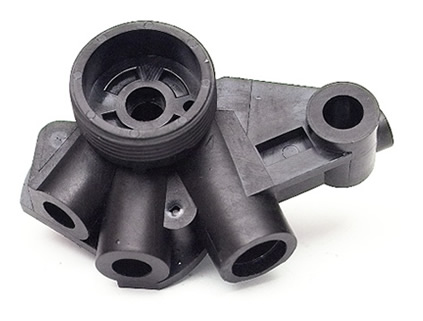PEEK molding / PEEK injection molding

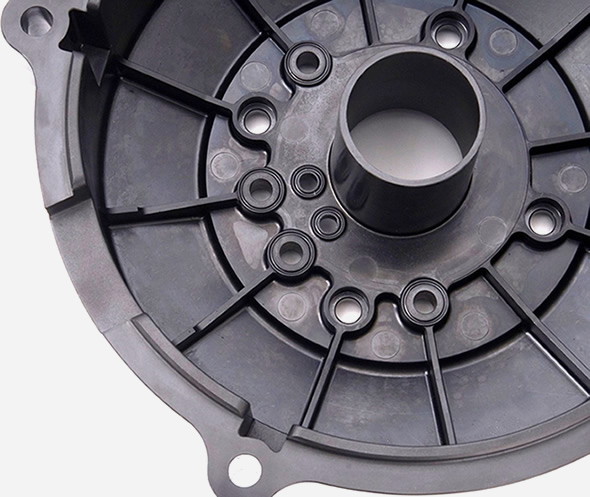
Over 100 tons PEEK material molding production experience / PEEK molding solutions provider.
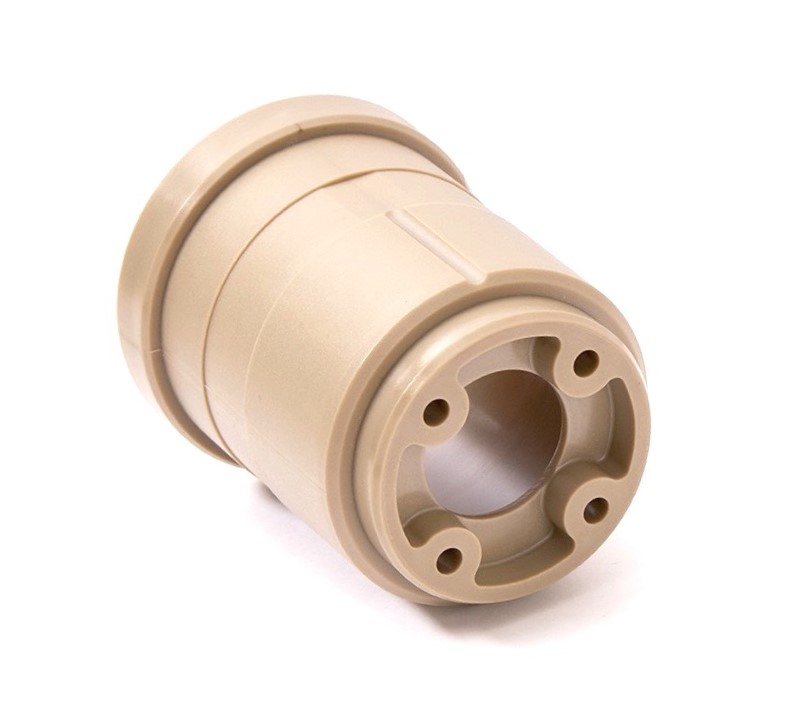
We have invested significant resources to develop industry leading expertise in PEEK molding / PEEK injection part and other advanced material applications.
With our world class in-house engineering, design, tooling and processing capabilities, MING-LI can work with you from the PEEK material mold design concept stage to high volume PEEK injecetion parts mass production. By incorporating PEEK tooling and PEEK injection parts manufacturing improvements throughout the development cycle, MING-LI can help you optimize your PEEK material component for production, bringing real value to your organization.
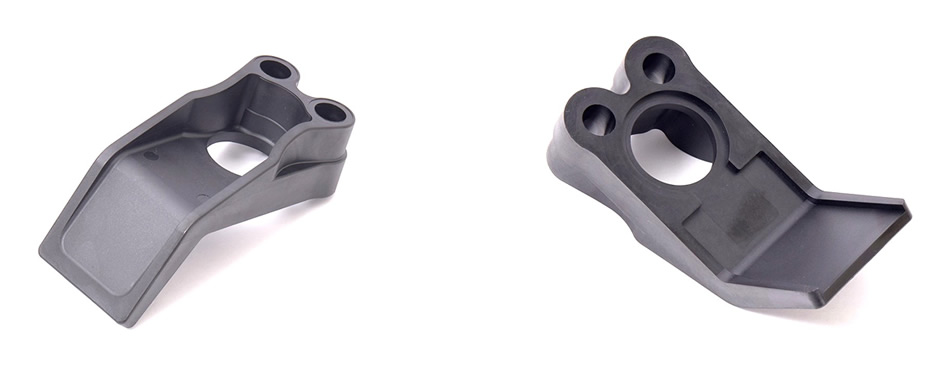
Ming-Li offers PEEK injection molding of all Victrex PEEK, RTP PEEK, Luvocom PEEK and others PEEK material grades. Our in-house peek injecction molding operation uses all electric machines with appropriately sized barrels minimizing time at temperature during PEEK molding to maximize the properties and consistency of every part we molded. Our range of machine sizes between 15 to 320 tons means we can mold PEEK molding parts ranging in size from 0.1 g. to 600 g.
We design our process to meet your needs. Our PEEK injection-compression molding machines combined with our experience processing PEEK injection enables us to do what others cannot: precision tolerances, zero draft, fiber orientation, insert molding and heavy cross sections. All machines are RJG equipped allowing us to monitor in-cavity conditions and develop the most reliable PEEK molding process for a given part. We apply scientific molding principles when molding PEEK injection parts.
We are recognized as a leading molder of high temperature PEEK injection and PEK based polymers.
Our PEEK Molding Services
Injection Molding / Medical Molding / Overmolding / Insert Molding / Micro Molding / Ultrasonic Bonding
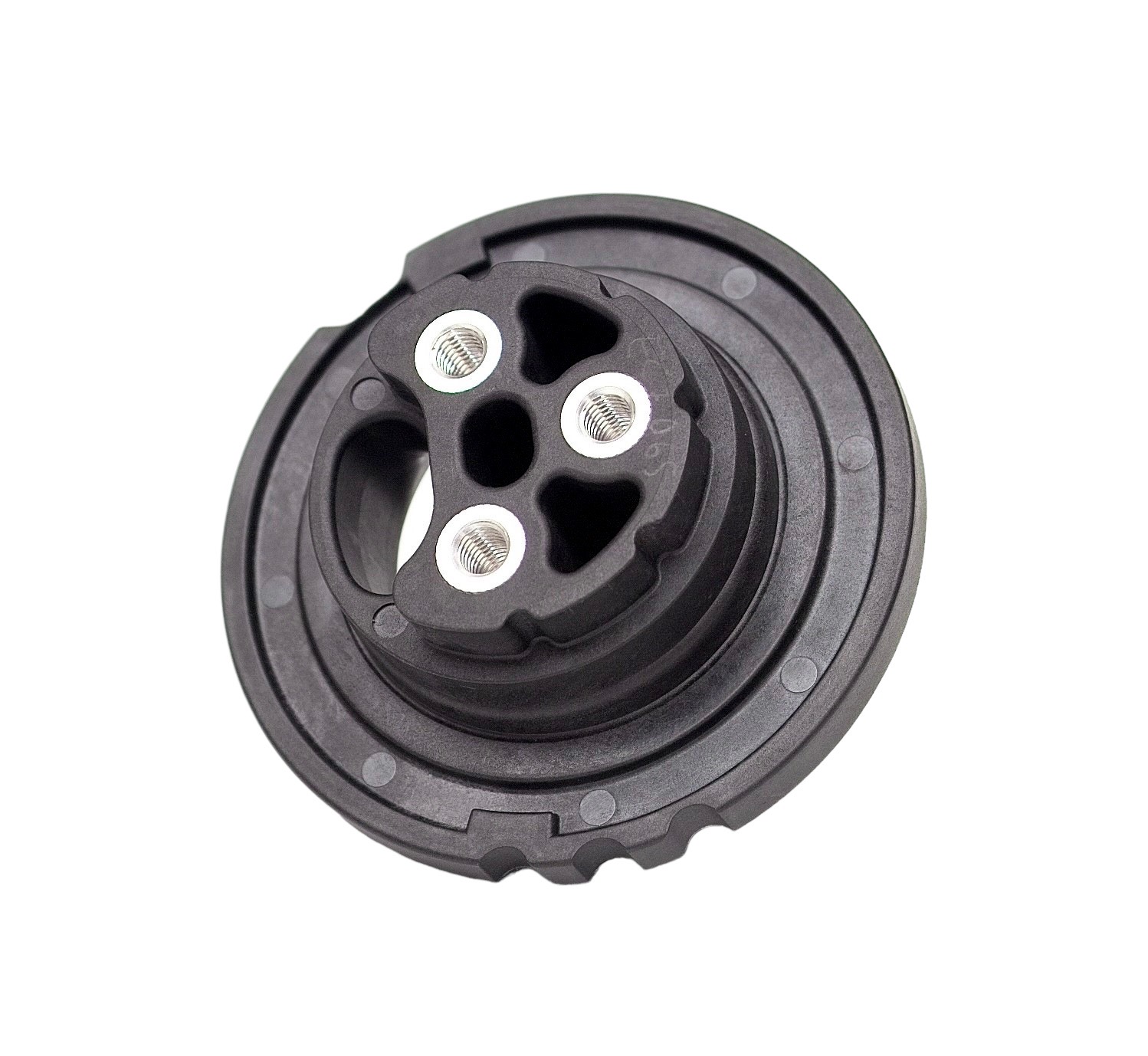
Considerations for PEEK Injection Molding
Fortunately, Ming--Li has the skills, experience, and advanced machinery needed to effectively work with PEEK plastic in all our plastic injection molding processes. We provide unparalleled expertise in injection moulding PEEK resin for medical devices and other applications.
- All runs start with a clean barrel and end with a complete teardown
- Dedicated membrane dryers and moisture recorded before every run is started
- All tools are oil heated for uniformity
- PEEK Near Net Shapes offer a balance between the cost effective conversion of injection molding and the precision of CNC machining.
Near Net Shapes – What are their benefits?
Near net shapes are great for geometries that result in a poor machining yield from a stock shape or those requiring complex tools that are not cost justified by the volume of parts.
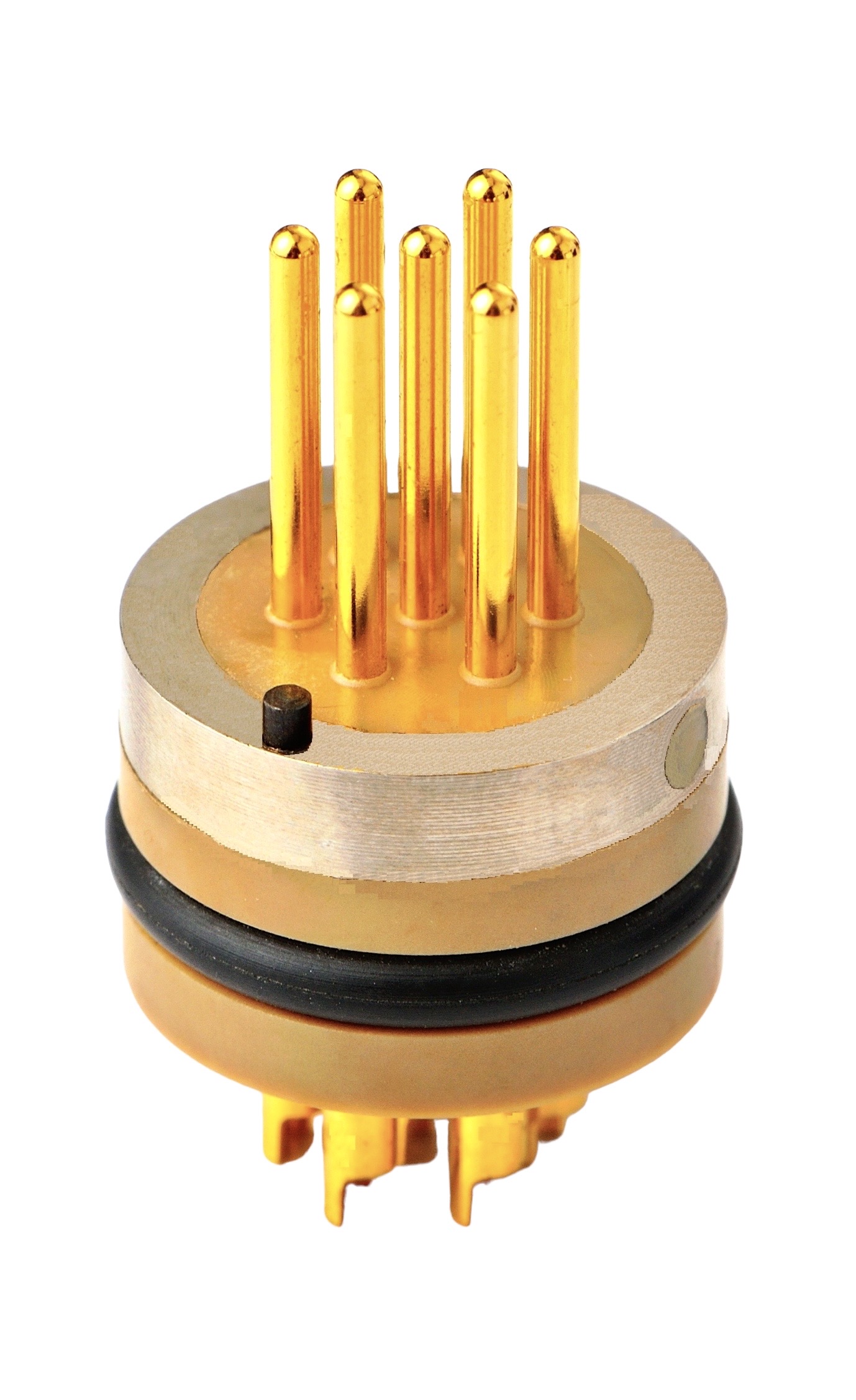
Injection Molding with PEEK Resin application
Ming-Li works with a wide variety of materials in our injection molding processes. The high strength-to-weight ratio and heat tolerance of PEEK plastic makes it a popular choice for a wide range of applications including aerospace, biomedical, pharmaceutical, fiber optics, automotive, industrial, and more. In addition to standard injection molding, PEEK resin is also used in overmolding applications to fabricate reinforced components for aerospace and automotive.
Application of PEEK Components: 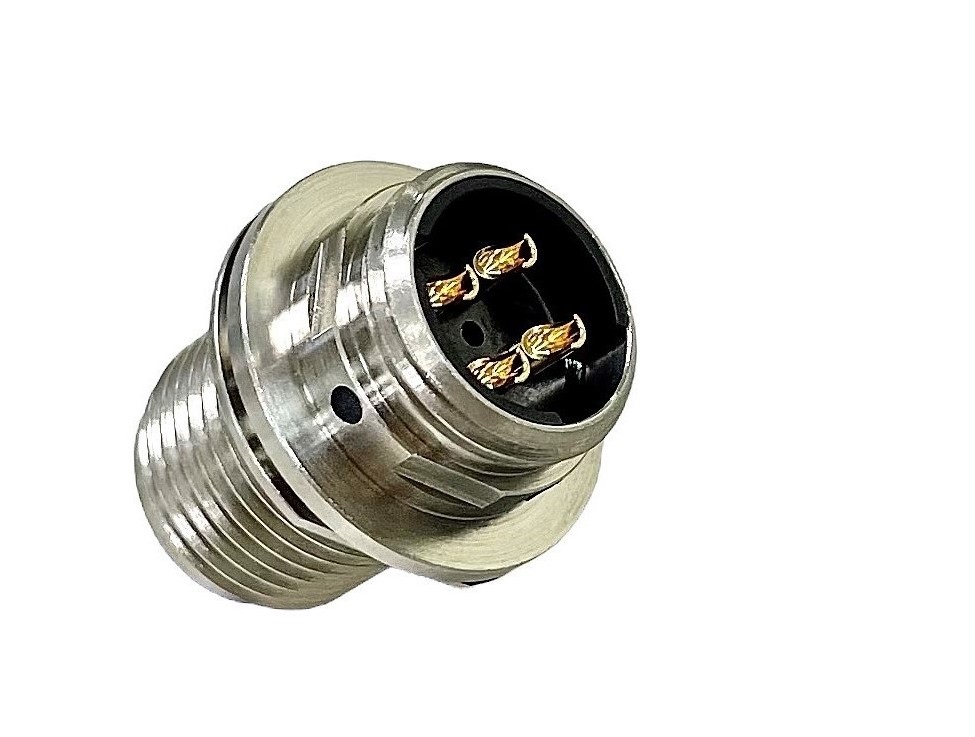
- Tubing
- Profiles
- Bearings
- Seals
- Valves
- Electrical cable insulatioon
- Medical implants
- And more
PEEK material Properties
PEEK plastic exhibits superb mechanical properties and is highly resistant to chemicals and thermal degradation, making it a highly desirable material for plastic injection molded products. PEEK resin holds up well against high temperatures and long-term liquid submersion and is very durable in harsh environments. PEEK plastic makes an excellent reinforcement material, providing great tensile strength with low weight.
Features and benefits of PEEK material properties include:
- High chemical resistance, even at elevated temperatures
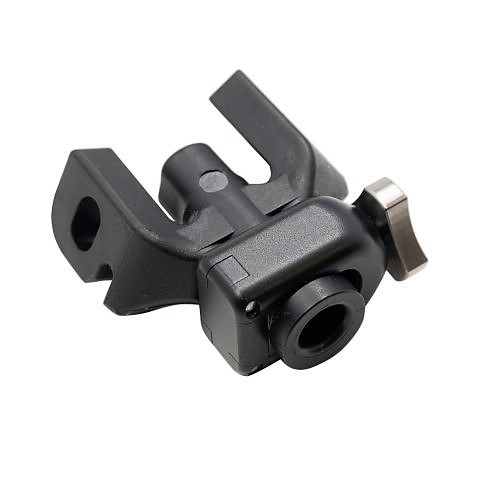
- High hardness, stiffness & strength
- Excellent fatigue & stress-crack resistance
- Excellent resistance to high pressure water & steam without significant degradation
- Can be sterilized via autoclave
- Easy to machine & fabricate
- UL 94 V-0 flammability rating
- Very low smoke/toxic gas emission when exposed to flame
- Suitable for continuous use in application temperatures up to 338°F/170°C
- Unfilled PEEK is FDA-approved for food contact
Key elements for successful PEEK injection molding include:
-
Material Selection: Choose the appropriate PEEK material grade based on the specific application requirements, considering factors such as mechanical properties, temperature resistance, chemical resistance, wear resistance, and regulatory compliance.
-
Mold Design: Design the mold with precision to accommodate the desired part geometry, gating, venting, and cooling requirements for PEEK injection molding. Consider features such as draft angles, parting lines, and vent channels to facilitate mold release and minimize defects.
-
Tool Fabrication: Fabricate the mold tooling using high-quality materials and precision machining techniques to achieve tight tolerances, smooth surface finishes, and durability. Verify the accuracy of the mold components through thorough inspection and validation.
-
Injection Molding Machine: Utilize a well-maintained injection molding machine with appropriate specifications for processing PEEK material, including barrel temperature control, injection pressure capability, injection speed control, and shot size capacity.
-
Injection Process Optimization: Optimize process parameters such as barrel temperature, injection pressure, injection speed, cooling time, and hold pressure to achieve consistent part quality, minimize cycle times, and prevent defects such as warpage, sink marks, or surface blemishes.
-
Injection Unit: Ensure that the injection unit is properly calibrated and equipped with precision metering and mixing systems to accurately dispense the PEEK material into the mold cavity. Pay attention to screw design, back pressure control, and screw/barrel alignment to prevent material degradation and ensure uniform melt quality.
-
Mold Temperature Control: Maintain precise control over mold temperature using water or oil circulation systems to achieve uniform cooling and solidification of the PEEK material, preventing defects such as warpage, shrinkage, or surface irregularities.
-
Venting and Degassing: Ensure proper venting and degassing of the mold cavity to eliminate trapped air and gas bubbles during the injection process, preventing defects such as voids, bubbles, or surface imperfections in the molded parts.
-
Part Ejection and Handling: Implement reliable part ejection mechanisms (e.g., ejector pins, air ejection) and handling systems to safely remove the molded parts from the mold cavity without damage or deformation.
-
Quality Control and Inspection: Establish comprehensive quality control measures and inspection procedures to monitor part dimensions, surface finish, and physical properties. Conduct regular inspections and testing to verify part quality and consistency.
-
Training and Expertise: Ensure that operators and technicians receive proper training and have expertise in PEEK injection molding techniques, equipment operation, mold maintenance, and troubleshooting to address any challenges that may arise during production.
By addressing these key elements and optimizing the PEEK injection molding process, manufacturers can produce high-quality, precision-molded parts with consistent performance and reliability for a wide range of applications.

Polyetheretherketone (PEEK) is a high-performance engineering thermoplastic known for its excellent mechanical properties, chemical resistance, and thermal stability. When it comes to injection molding PEEK, certain key elements and considerations are essential to ensure successful processing and high-quality parts.
Key Elements for PEEK Injection Molding
1. Material Handling and Preparation
- Drying: PEEK is hygroscopic and must be thoroughly dried before processing to avoid defects like hydrolysis and degradation. Recommended drying conditions are 150°C (302°F) for at least 3-4 hours.
- Storage: Keep PEEK in a dry environment and sealed containers to prevent moisture absorption.
2. Molding Equipment
- High-Temperature Capabilities: Injection molding machines must be capable of handling the high processing temperatures required for PEEK, typically ranging from 360°C to 400°C (680°F to 752°F).
- Corrosion and Wear Resistance: Use bimetallic barrels and hardened screws to withstand PEEK's abrasive nature and high processing temperatures.
3. Mold Design
- Temperature Control: Mold temperatures should be controlled and maintained between 160°C and 200°C (320°F to 392°F) to ensure proper flow and crystallinity.
- Gate Design: Use appropriately sized gates (typically edge gates or submarine gates) to allow for smooth flow and minimize stress concentration.
- Venting: Ensure adequate venting to prevent gas entrapment and voids in the molded parts.
4. Processing Parameters
- Injection Speed: Moderate to high injection speeds help to fill the mold cavities quickly and prevent premature solidification.
- Injection Pressure: High injection pressures (up to 2000 bar) are often required due to PEEK's high viscosity.
- Cooling Time: Optimize cooling times to allow parts to solidify adequately without causing warpage or shrinkage.
5. Post-Processing
- Annealing: Some PEEK parts may require annealing to relieve internal stresses and improve dimensional stability. Annealing is typically done at 200°C to 250°C (392°F to 482°F) for several hours.

Common Applications of PEEK Injection Molding
- Medical Devices: Surgical instruments, implants, and diagnostic equipment components.
- Aerospace: Components requiring high strength-to-weight ratios and resistance to high temperatures.
- Automotive: Engine components, transmission parts, and other under-the-hood applications.
- Electronics: Connectors, insulators, and high-performance electrical components.
Injection molding PEEK requires meticulous attention to material handling, equipment capabilities, mold design, and processing parameters. By adhering to these key elements, manufacturers can produce high-quality, reliable PEEK parts suitable for demanding applications across various industries. For more detailed guidance and best practices, consulting with PEEK material suppliers and injection molding experts is recommended.
Ming-Li Capabilities in PEEK Material Molding
Ming-Li Precision offers advanced capabilities in molding PEEK (Polyether Ether Ketone), a high-performance engineering thermoplastic known for its exceptional mechanical properties, chemical resistance, and thermal stability. With over 100 tons of PEEK material molding production experience, Ming-Li is a valuable partner for industries requiring precision and durability in challenging environments.
Ming-Li Capabilities in PEEK Material Molding
| Item | Description |
|---|---|
| PEEK Material Molding Experience | Over 100 tons of PEEK material molding production experience |
| Precision Molding Techniques | High-temperature molding and tight tolerance control for high-quality PEEK components |
| Complex Geometries and Thin-Walled Parts | Expertise in molding intricate PEEK components with complex shapes and thin walls |
| Tooling and Mold Design | Custom tooling with detailed mold flow analysis to optimize design and quality |
| Surface Finish and Post-Processing | Superior surface finish and post-molding services like CNC machining and annealing |
| Material Expertise and Selection | Expert selection of PEEK grades and ensuring chemical resistance for demanding applications |
| Quality Assurance | Stringent quality control measures backed by IATF 16949 certification |
Key Capabilities in PEEK Material Molding
-
Precision Molding Techniques:
- High-Temperature Molding: PEEK requires processing at high temperatures (around 350°C to 400°C). Ming-Li utilizes specialized high-temperature injection molding machines capable of consistently producing high-quality PEEK components.
- Tight Tolerances: Ming-Li’s advanced molding techniques allow for tight tolerance control, ensuring that PEEK parts meet the exact specifications required by industries such as aerospace, automotive, and medical devices.
-
Complex Geometries and Thin-Walled Parts:
- Complex Part Design: Ming-Li excels in molding PEEK components with intricate geometries, including those with complex shapes and undercuts. This capability is critical for applications where design complexity is a must.
- Thin-Walled Parts: The company’s expertise extends to producing thin-walled PEEK parts, which require precise control over the molding process to avoid defects such as warping or incomplete fills.
-
Tooling and Mold Design:
- Custom Tooling: Ming-Li designs and manufactures custom molds tailored to the specific needs of PEEK material, considering factors such as thermal expansion and shrinkage. The molds are built to withstand the high pressures and temperatures required for PEEK processing.
- Mold Flow Analysis: Utilizing Autodesk Moldflow, Ming-Li conducts detailed mold flow analysis to optimize mold design, ensuring uniform material flow, minimizing the risk of defects, and enhancing the overall quality of the final product.
-
Surface Finish and Post-Processing:
- High-Quality Surface Finish: PEEK components molded by Ming-Li achieve a superior surface finish, essential for applications where aesthetics and surface integrity are critical, such as in medical devices and electronic components.
- Post-Molding Operations: Ming-Li offers post-molding services such as CNC machining, annealing, and surface treatments to further enhance the properties of PEEK parts and meet specific customer requirements.
-
Material Expertise and Selection:
- Material Compatibility: Ming-Li’s team has deep expertise in selecting the right grade of PEEK for various applications, whether it’s unfilled PEEK, glass-filled PEEK, or carbon-filled PEEK, to ensure optimal performance.
- Chemical Resistance: PEEK’s resistance to harsh chemicals and solvents makes it suitable for demanding environments. Ming-Li ensures that the molded parts retain their integrity and performance in these challenging conditions.
-
Quality Assurance:
- Stringent Quality Control: Ming-Li employs rigorous quality control measures, including dimensional inspection, mechanical testing, and thermal analysis, to ensure that every PEEK part meets the highest standards of quality.
- IATF 16949 Certification: Ming-Li’s commitment to quality is backed by its IATF 16949 certification, ensuring consistent production processes and product reliability in line with automotive industry standards.
Applications of PEEK Molding
Ming-Li’s PEEK molding capabilities are suited for a wide range of applications, including:
- Aerospace Components: High-strength, lightweight parts for extreme environments.
- Medical Devices: Biocompatible components with excellent sterilization properties.
- Automotive Parts: High-performance components with resistance to chemicals and heat.
- Electronics: Insulative parts with high thermal stability and precision.
With over 100 tons of PEEK material molding production experience, Ming-Li Precision's expertise in PEEK material molding positions the company as a leader in producing high-performance components for industries that demand the best in material properties, precision, and durability. With advanced molding techniques, custom tooling, and stringent quality control backed by IATF 16949 certification, Ming-Li delivers PEEK parts that meet the most exacting standards, ensuring reliability and performance in the most challenging applications.
Know more Ming-Li PEEK material application, please see our PEEK molding application sections.
PEEK Material using in Ming-Li
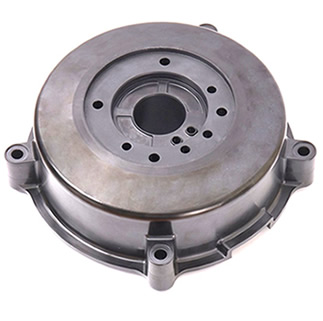
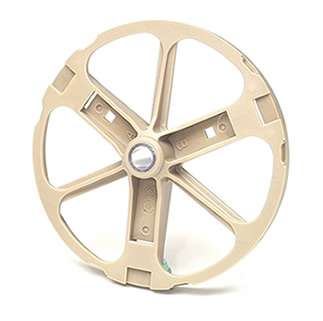
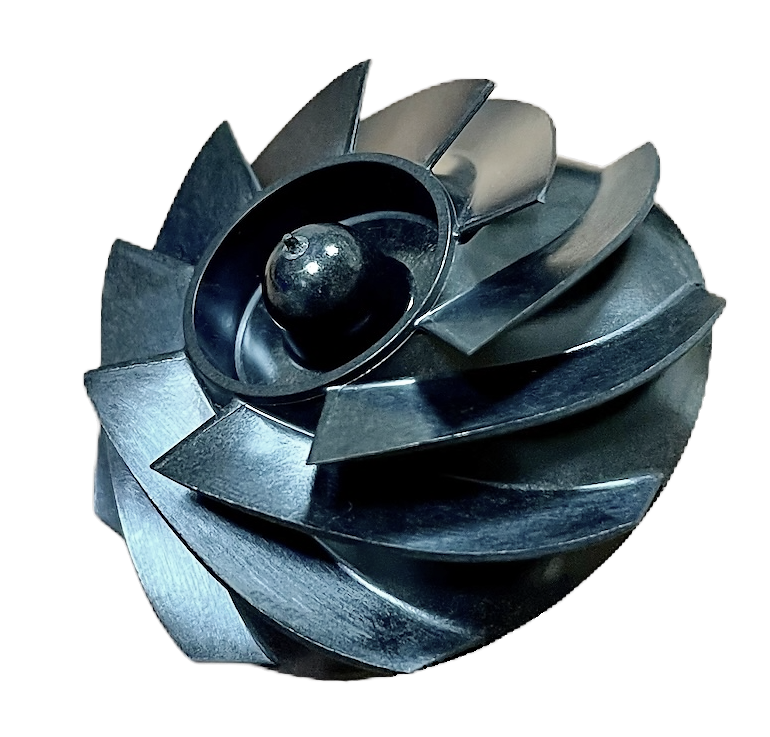
Let us apply our process know-how to arrive at the most cost effective process to manufacture your PEEK molding parts. We will work with your existing tooling or develop new tooling.
Click here to contact us or request information regarding our products.


